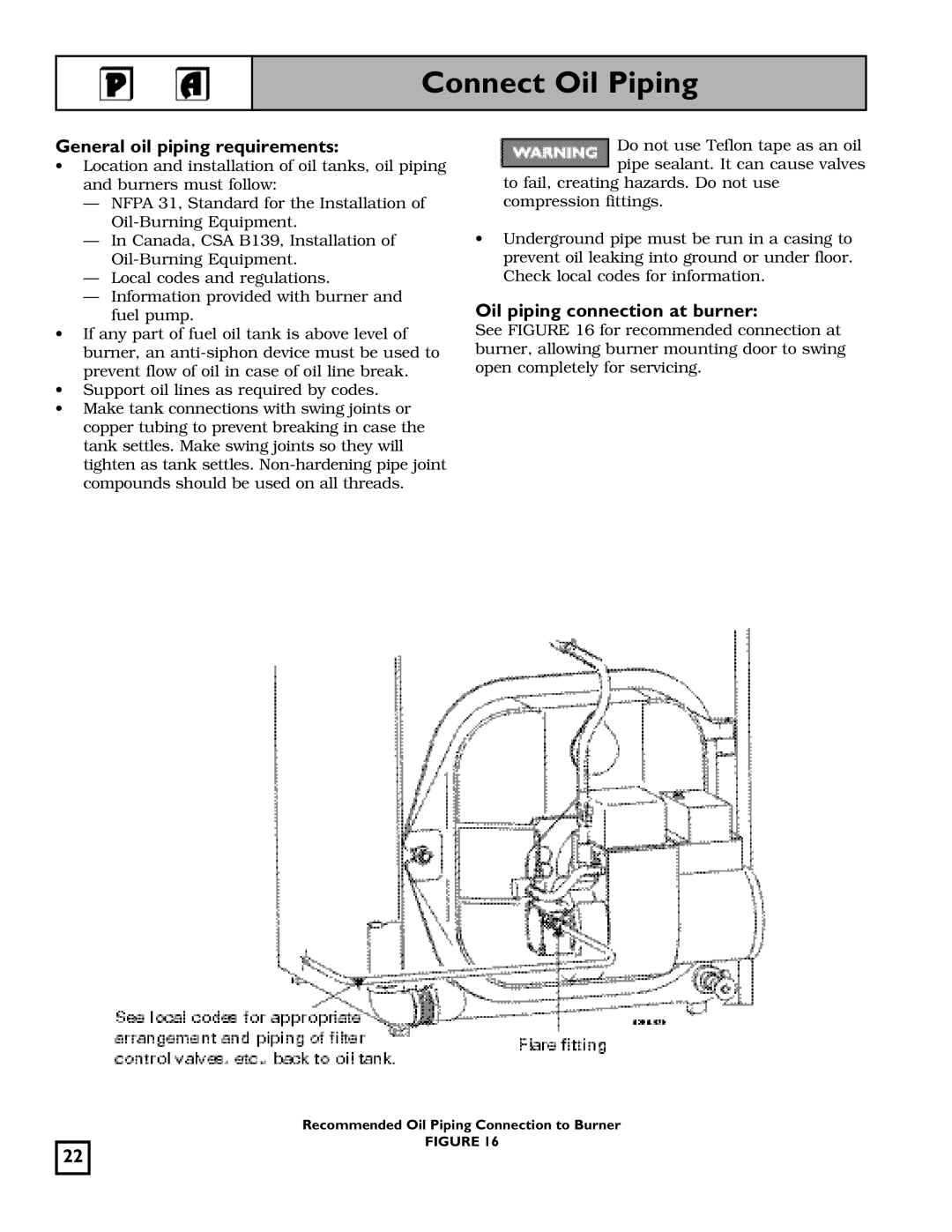550-141-826/1201 specifications
The Weil-McLain 550-141-826/1201 is a high-efficiency boiler designed for commercial applications, providing unmatched performance, reliability, and advanced technology features. This model is specifically engineered to cater to a range of heating needs, making it suitable for various settings, such as schools, hospitals, and large commercial spaces.One of the key features of the Weil-McLain 550-141-826/1201 is its impressive thermal efficiency. With a high AFUE (Annual Fuel Utilization Efficiency) rating, this boiler maximizes energy usage, resulting in lower utility costs for end-users. The efficient performance not only translates to better energy savings but also contributes to a reduced carbon footprint, aligning with modern sustainability goals.
The powerful burner technology incorporated in the Weil-McLain 550-141-826/1201 ensures precise control over the combustion process. This results in consistent heating performance and minimizes emissions, meeting stringent environmental regulations. The unit utilizes advanced modulation technology, which allows the burner to adjust its output according to the demand, providing significant energy savings and enhanced comfort.
Another standout characteristic of this boiler is its robust construction. Built with high-quality materials, the Weil-McLain 550-141-826/1201 is designed to endure demanding conditions, ensuring longevity and reduced maintenance needs. The boiler features a durable heat exchanger, which optimizes thermal transfer efficiency while resisting corrosion and thermal stress.
The user-friendly controls and monitoring systems enhance the operational experience, allowing for easy adjustments and status checks. The integrated diagnostic capabilities provide valuable insights for troubleshooting, making maintenance straightforward and reducing downtime.
Furthermore, the versatility of the Weil-McLain 550-141-826/1201 allows for multiple installation configurations, accommodating different system requirements and space limitations. Its compact design makes it an ideal choice for facilities where space is a premium.
In summary, the Weil-McLain 550-141-826/1201 stands out in the commercial boiler market with its high efficiency, innovative burner technology, robust construction, user-friendly controls, and versatile installation options. This model exemplifies Weil-McLain's commitment to energy-efficient heating solutions, setting a benchmark for performance and reliability in the industry.

